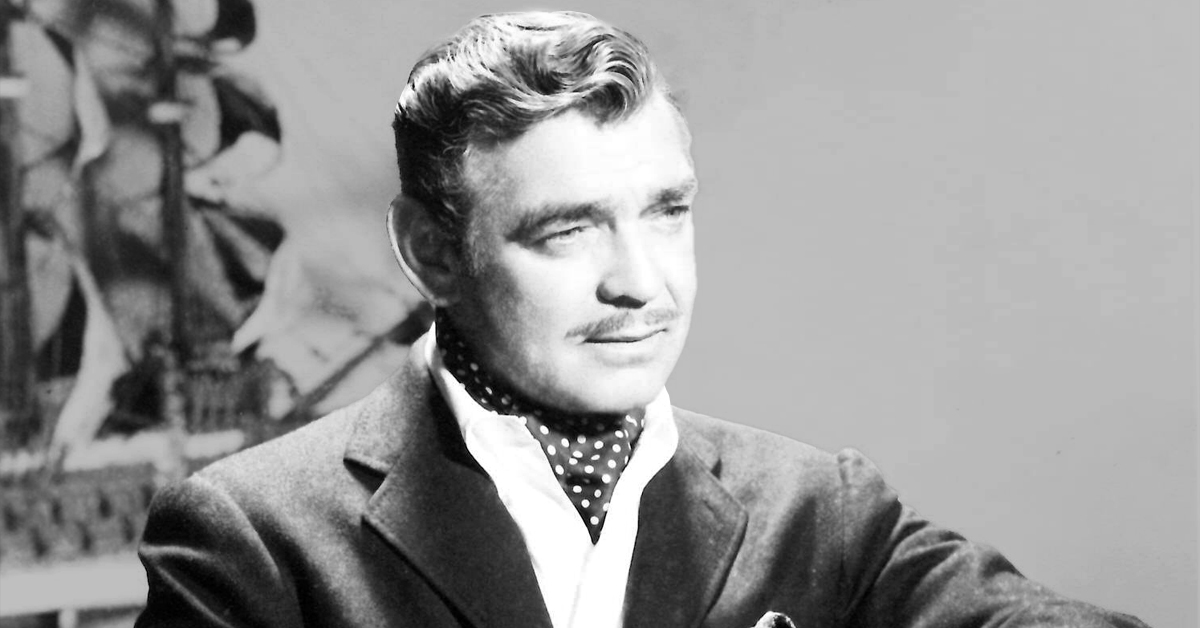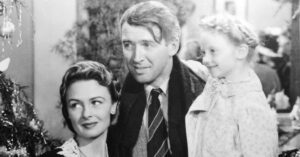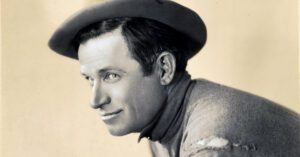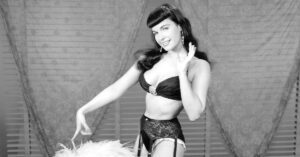While making A Free Soul (1931) for Metro-Goldwyn-Mayer with Norma Shearer, Clark Gable took his friend Lionel Barrymore aside and exclaimed, “Damn! That dame doesn’t wear any underwear in her scenes. Is she doing that in the interest of realism, or what?”
Based on Adela Rogers St. John’s book and derivative play about her own self-destructive father, Barrymore plays a hard-drinking, flamboyant criminal attorney who defends Gable, a gangster accused of murder. Barrymore earned an Oscar for his courtroom performance.
Joan Crawford wanted the role awarded to Norma Shearer, who was married to M-G-M’s boy wonder production chief, Irving Thalberg. When Crawford lost out, she went apoplectic, complaining about the casting, “How can I compete with Norma when she sleeps with the boss? I didn’t get where I am on my ass.”
The mighty Miss Bette Davis, no fan of Miss Crawford, intoned later that “Joan Crawford has slept with every male star at M-G-M except Lassie.”
That had all the earmarks of a nasty crack.
Cast and billed second was Norma Shearer’s personal choice, Leslie Howard. Later he would make another more famous film with A Free Soul’s newcomer, Clark Gable, when they starred together in Gone with the Wind (1939).
In 1926 Barrymore happened to appear in a play that featured a young unknown actor. It was Clark Gable. They became lifelong friends. Gable was indebted to Barrymore the rest of his career. They made five films together. On Gable’s final movie, The Misfits (1961), he was still acknowledging Barrymore: “He got me started,” Gable said. “He thought there was a part for me in the picture business.”
In 1930 Barrymore directed Gable in a screentest. Gable wore a G-string. Thalberg viewed the test, barely reacted, turned to Barrymore and said, “Have you gone mad?”
“But I know this young man,” Barrymore implored.
“Never,” was Thalberg’s decision as he shook his head. For once the boy wonder of Metro was spectacularly mistaken.
Next Gable did a test at Warner Bros. The crude but shrewd Darryl F. Zanuck barked out the angry verdict, “His ears are too big. He looks like an ape.”
Then Gable got a part as a heavy opposite William Boyd in his pre-Hopalong Cassidy days. It was Gable’s talking pictures debut. The film was The Painted Desert (1931). There, instead of just male studio executives, women could see him. They judged he had sex appeal, and how. More and bigger parts followed as villainous brutes, building to what took place in A Free Soul.
Gable roughing up Shearer in A Free Soul was more than just a physical act of disrespect as called for in the story. Gable’s role called for sexual arrogance against “The First Lady of M-G-M.” If ever there was a sophisticated lady in the movies, it was Norma Shearer. What’s more, she was the wife of the boss, Irving Thalberg, the same man who a year before had rejected Gable’s screentest. His friend Barrymore told Gable all about it. Aggressive behavior with Norma Shearer could have backfired on Gable. Instead the effect on audiences sent Gable soaring to stardom.
No one could have predicted it, and no one did.
Viewed today — even today — audiences would take little notice of it, but pushing Norma Shearer around was a watershed scene, and not just for Clark Gable. The poetic and wistful romantic heroes of silent films — Rudolph Valentino, Ramon Navarro, John Gilbert — were suddenly out of style, and relegated to film history. Right there in that scene they were being replaced by a man’s man, someone both sexes could and did admire — Clark Gable. His electrifying personality immediately scored big and assured boxoffice success for his films until until he died.
Fan mail flooded the M-G-M studio asking to see more of “the guy who slapped Norma Shearer.” Thalberg was compelled to oblige.
Years later Norma Shearer reflected and said, “It was Clark who made villains popular. Instead of the audiences wanting the good guy to get the girl, they wanted the heavy, the bad boy to get her.”




